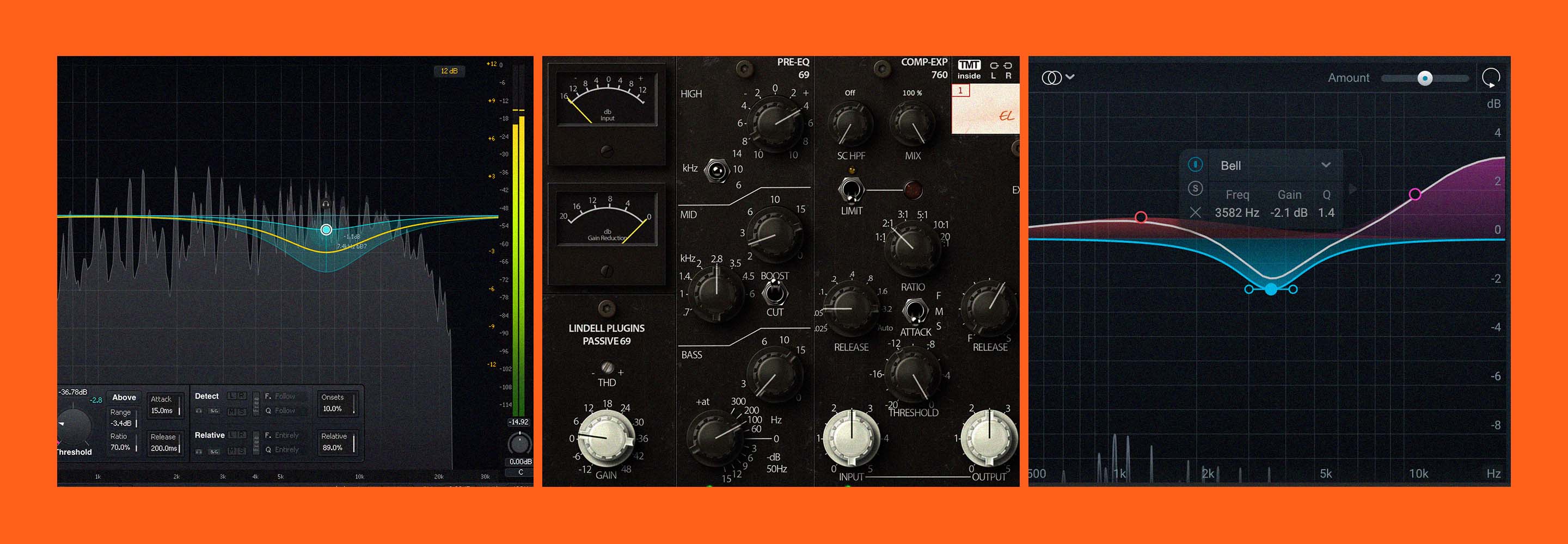Ableton Live is a powerful and versatile digital audio workstation (DAW) used by music producers, DJs, and musicians around the world. One of the key tools in Ableton Live’s arsenal is the EQ (Equalizer), which allows you to shape the tonal balance of your audio tracks.

Credit: m.youtube.com
What is EQ?
EQ is a tool used in audio production to adjust the balance between different frequencies in a sound. It consists of a series of filters that can boost or attenuate specific frequency ranges, allowing you to control the overall tonal balance of a track.

Credit: www.izotope.com
Using EQ in Ableton Live
Ableton Live offers a flexible EQ plugin called EQ Eight, which provides eight bands of EQ to work with. Here are some tips and techniques for using EQ in Ableton Live:
- Identify problem frequencies: Start by identifying any problem frequencies in your audio track. These can be frequencies that sound harsh, muddy, or unbalanced. It’s important to have a clear goal in mind before applying EQ to your track.
- High-pass and low-pass filters: Use high-pass and low-pass filters to remove unwanted frequencies from your audio. High-pass filters cut off frequencies below a certain point, while low-pass filters cut off frequencies above a certain point. This can help clean up your mix and remove any unnecessary rumble or hiss.
- Boost or cut frequencies: Use EQ to boost or cut specific frequency ranges to shape the sound of your track. For example, if you want to add more presence to a vocal track, you could boost the high-frequency range. If you want to reduce the boomy sound of a bassline, you could cut the low-frequency range.
- Q factor: The Q factor controls the width of the EQ band. A higher Q factor narrows the band, affecting a smaller range of frequencies, while a lower Q factor widens the band, affecting a broader range of frequencies. Experiment with different Q values to achieve the desired effect.
- Use EQ in conjunction with other effects: EQ works well when combined with other effects in Ableton Live. For example, you can use EQ before a compressor to shape the dynamics of a track, or after a reverb to control the frequency balance of the reverb tail.
Best Practices for EQ in Ableton Live
To ensure optimal results when using EQ in Ableton Live, consider the following best practices:
| Tip | Description |
|---|---|
| 1 | Start with subtle adjustments and make small incremental changes. It’s easy to go overboard with EQ, so take your time to find the right balance. |
| 2 | Listen critically and A/B test. Compare your audio before and after applying EQ to ensure you’re achieving the desired result. |
| 3 | Consider the context of the mix. EQ decisions should be made in relation to other elements in the mix to maintain a balanced sound. |
| 4 | Experiment with different EQ shapes and techniques to develop your own unique sound. There are no strict rules; trust your ears! |
By understanding the fundamentals of EQ and utilizing the EQ Eight plugin in Ableton Live, you can take your audio productions to the next level. Remember to experiment, listen critically, and trust your ears to achieve the desired tonal balance in your tracks.
Frequently Asked Questions On Using Eq In Ableton Live : Mastering Audio Mixing Techniques
What Is Eq In Ableton Live Used For?
Eq in Ableton Live is used to adjust frequencies in audio signals for better clarity and balance.
How To Add Eq To A Track In Ableton Live?
To add Eq to a track in Ableton Live, simply drag and drop an Eq plugin onto the track.
What Are The Primary Functions Of Eq In Ableton Live?
The primary functions of Eq in Ableton Live include boosting or cutting specific frequency ranges, shaping the tonal quality, and removing unwanted noise from audio tracks.
Can Eq Be Automated In Ableton Live?
Yes, Eq parameters can be automated in Ableton Live to create dynamic changes in the audio frequency balance over time.